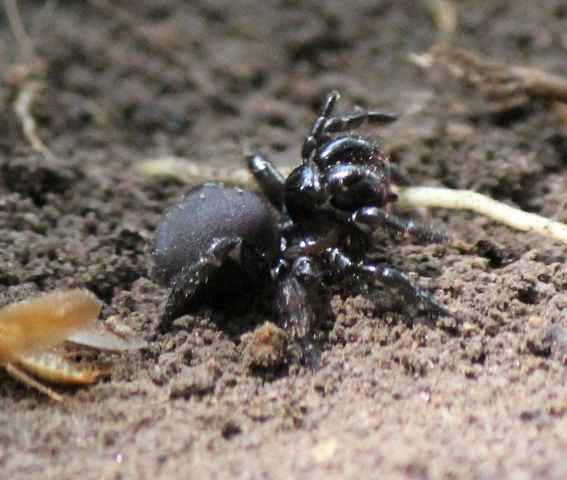
Mouse Spiders – Actinopodidae
Mouse Spiders are stocky burrowing spiders with massive chelicerae. Their eyes are spread out wide across the head, with two small eyes in the centre and three off to either side. Females have a glossy black cephalothorax and legs with a brownish abdomen covered in fine sparse hair. Males vary across the various species and are smaller and less robust. The males of some species have bright red heads and chelicerae, and some have patches of blue and grey on the abdomen.
Mouse Spiders are ambush hunters that hunt from lidded burrows at night. They are highly sensitive to vibrations and can detect the subtle movement of insects passing within striking range. Females are generally only encountered when dug up or flooded from their homes. Males come to the surface and wander around seasonally looking for mates, and as a result are encountered more often.
are mouse spiders poisonous
Are Mouse Spiders Dangerous? The bad news is that Mouse Spiders are quite venomous. Although they’ve never caused any deaths, they have a pretty nasty bite, and there is some evidence that their venom could be almost as dangerous as Funnel-web venom.
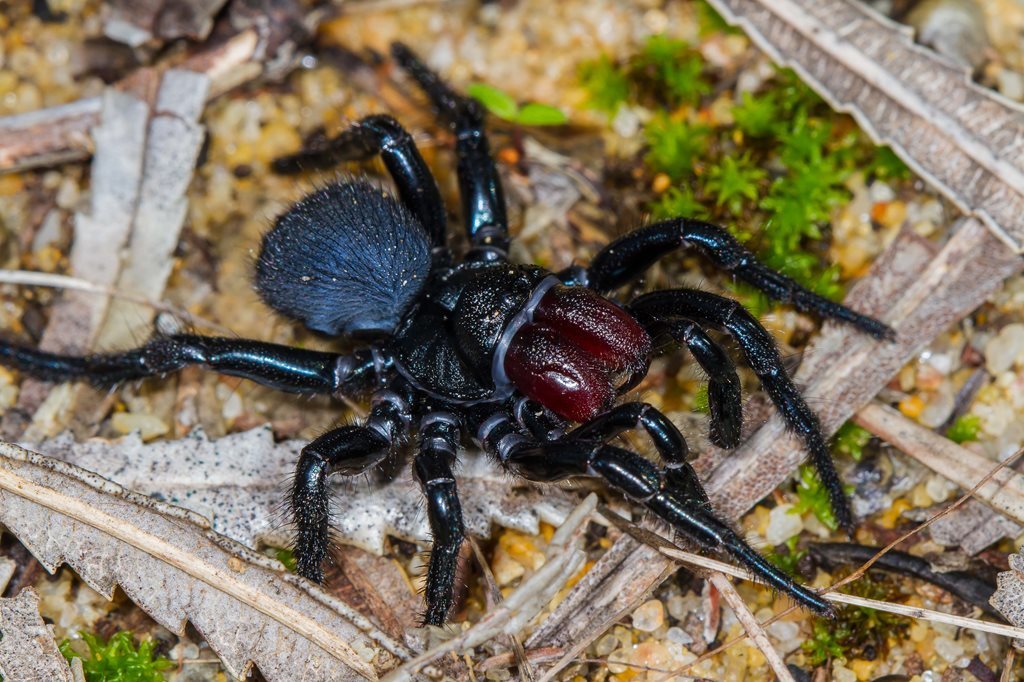
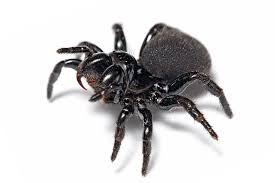
are mouse spiders dangerous
Although normally not aggressive, the male mouse spider will bite if provoked, and should be considered dangerous to humans.
This spider has been known to cause severe illness, especially to young children.
It has large hard fangs which can cause a painful bite with a deep gash.
Area of distribution – found across Australia, including Tasmania.
Size – this is a medium to large spider of up to 35 mm in body length.
The male mouse spider often has a bright red head and elongated fangs.
Habitat – Mouse spiders are ground dwellers with burrows of more than 1 metre deep.
Male mouse spiders often wander about during the day on open ground, especially after rain, in search of females.
Are Mouse Spiders Poisonous and Dangerous?
Mouse spiders, named for their mouse-like appearance, have piqued the interest of many due to their venomous nature and potential danger to humans. These arachnids are found across various parts of the world, and their behavior, habitat, and venom toxicity vary based on their species and location. This article delves into the details of mouse spiders, focusing on the inquiry: are mouse spiders poisonous and dangerous?
What Are Mouse Spiders?
Mouse spiders (Missulena sp.) belong to the trapdoor family and are known for their aggressive behavior, especially when threatened. They are thickset spiders with large fangs, which they use to deliver a potentially harmful bite. Their appearance often leads to confusion with other spider species like the funnel-web spiders.
Physical Characteristics of Mouse Spiders
Mouse spiders are medium to large spiders, with their body length reaching up to 35 mm. The male mouse spiders often sport a bright red head and elongated fangs, which can inflict a deep, painful bite. These arachnids are ground dwellers and are known for their burrows, which can be over a meter deep.
Geographic Distribution of Mouse Spiders
Mouse spiders are found throughout mainland Australia, including Tasmania. However, certain species have been introduced and established in other parts of the world like Europe and California. The specific conditions of these regions have allowed the mouse spiders to thrive, despite being native to Australia.
Are Mouse Spiders Poisonous?
Mouse spiders are indeed venomous. The female M. occatoria species, for instance, produces a large quantity of highly toxic venom. Preliminary toxicity tests have revealed that this venom could potentially be as dangerous as that of the Sydney funnel web spider. The venom from the male M. bradleyi species also affects presynaptic transmitter release in a manner akin to that of the Blue Mountains funnel web spider (H. versuta). However, the venom’s effect can be attenuated using funnel web spider antivenom.
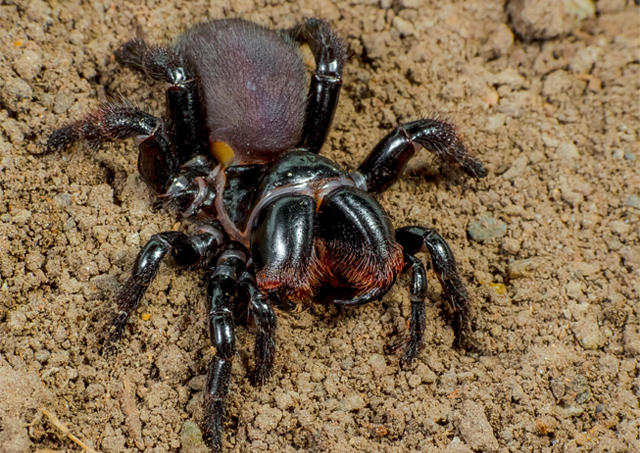
Are Mouse Spiders Dangerous?
While mouse spiders are venomous, the level of danger they pose to humans can vary. Generally, mouse spiders are not aggressive unless provoked. However, when threatened, they can adopt an attacking posture, rearing up on their hind legs, and deliver a painful bite. Their fangs are large and hard, capable of causing a deep gash. It is important to note that the venom of mouse spiders can cause severe illness, especially in young children. Therefore, they should be considered potentially dangerous to humans, even though incidents of bites are relatively rare.
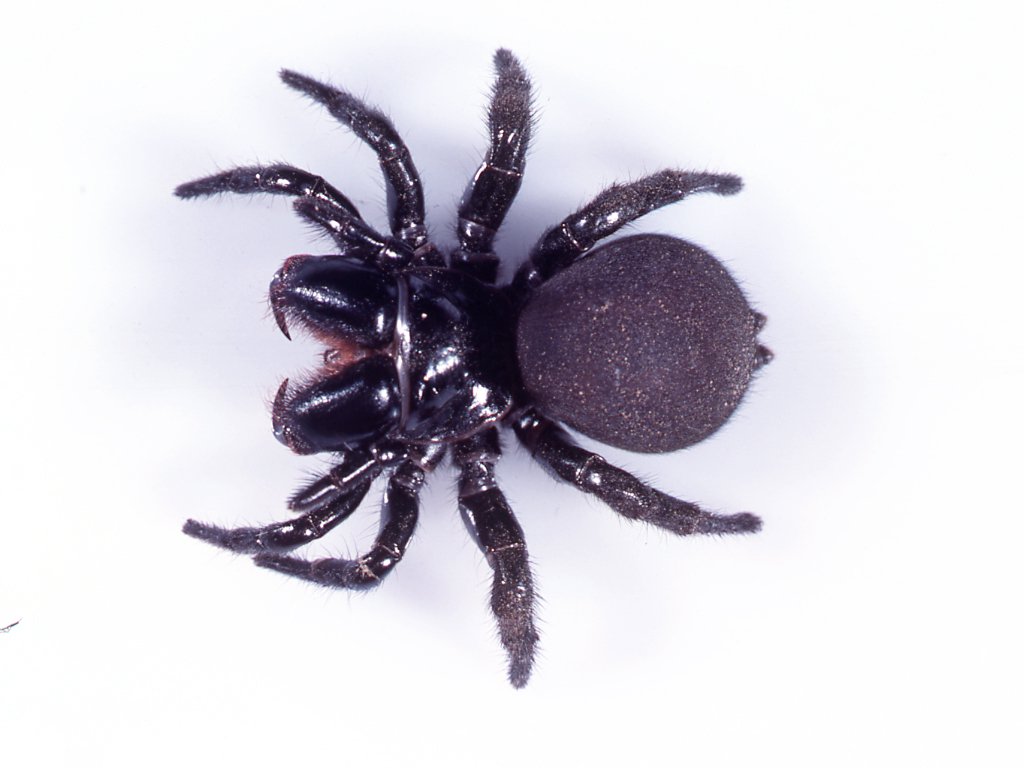
Mouse Spider Bite: First Aid and Treatment
In the event of a mouse spider bite, it is crucial to seek first aid and medical attention immediately. The bite can be painful and cause severe illness. Symptoms can include localized pain, sweating, nausea, vomiting, abdominal pain, and, in severe cases, irregular heartbeat or high blood pressure. If you or someone else is bitten by a mouse spider, immobilize the bite area and limit movement to prevent the spread of venom. Apply a pressure bandage over the bite, then over the entire limb. Keep the patient calm and still, and quickly transport them to a hospital for further treatment.
To answer the question, “are mouse spiders poisonous and dangerous?” – yes, they are venomous and can be dangerous if they bite. However, they are generally not aggressive unless provoked. It’s essential to be aware of their existence and potential danger, especially if you live in regions where they are prevalent. If bitten, seek immediate medical attention and try to stay calm until help arrives.
While mouse spiders pose a potential risk, remember that they play a crucial role in our ecosystem. They control populations of other pests and contribute to biodiversity. As with any wildlife, it’s best to observe from a distance and respect their space.
